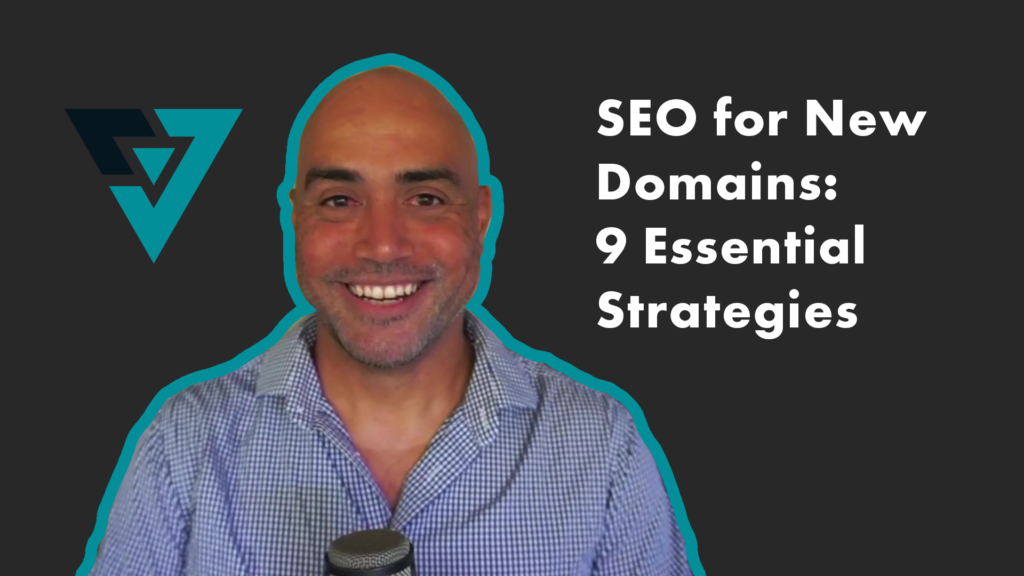Process, Process, Process for Making a Website
Why is a process so important?
One of the most notable differences between successful and unsuccessful designers has little to do with the quality of their final product. Of course, creative work must be “good.” However, a clumsy creative process often leads to a negative experience for the client. The half-baked process, its presentation to the client, and their negative experience could then greatly reduce the chance that clients re-hire you or hand you referrals. A negative experience will even affect the way a customer perceives the overall value of your work.
I have been asked by novice entrepreneurs, “How I can create a positive experience for the customer?” My response: fruitful projects need a clear and repeatable process. A clear process helps reassure the client that the quality of your past work is highly repeatable.
[emaillocker id=”12337″]
I appreciate you sharing your contact information with me. This post has been used for the content of my ebook. Feel free to download my eBook with the button below.
[themify_button size=”xlarge” link=”https://bit.ly/2JAMPnQ”]Download eBook[/themify_button]
Process Structure
Have you ever written a persuasive essay? The process I created for website projects works much in the same way. Persuasive essays typically have an introduction, three main points with supporting content, and a conclusion. The first step in writing a persuasive essay is writing a thesis statement. The thesis statement is the anchor of your essay and informs the reader of essays objective, the essays position on its subject, and supporting evidence for having a particular stance. Your essay’s body is made up of three main points which support and discuss your thesis. Sometimes it is easiest to write the introduction and conclusion after the three body paragraphs. In the introduction, I make sure to first inform the reader what I am trying to do, and then later remind the reader of my initial intention in my conclusion
Four D’s
Like a persuasive essay and its structure, my website project includes phases of execution. I call these four phases “The Four D’s”. It stands for Discovery, Design, Development, and Deliverables. My four phases of website creation are linear, even if there is a bit of overlap between them.
Deadlines and Payment
After I have laid out a clear creative process, I can then make a fairly accurate estimate of how many hours the project will require, and if I need to hire people to assist the execution of the project. These are some of the initial questions I ask myself: how much will I have to spend if I hire people? Can I finish the project efficiently to meet the client’s goals? Does the overall payment turn enough of a profit to fulfill my minimum hourly rate? The list goes on. From here I create a proposal based on judgments from past client meetings.
If the client agrees to the proposal, I promptly send a contract requiring an initial deposit of 25% to 50% the total fee. I will then accept the remaining fees over the course of the production process. I generally divide fees into three payments. Though depending on the schedule and conditions, I have taken up to six payments on contracted work. Typically I try to set up one payment per month.
In the contract, milestones are defined to outline the phases of completion in the process (deadlines). I will normally require payment prior to beginning the work. Depending on the origin of a lead, I may require payment during the initial consultation. The remaining payments are expected after my phases: Discovery, Design, Development, and Deliverables. Upon handing over the deliverables and completion of the contract, I usually send a bill for the last payment as a “net 30.” A net 30 means that the final payment must be received within 30 days. Expect the client to take their time on the last payment and maybe even be a bit late. You may consider setting up penalties for late payments in the original contract.
[/emaillocker]
Need an example?
The following is an example schedule outline from a recent project. Feel free to use it as a reference and make adaptations. I have omitted some items due to non-disclosure agreements. Omitted items include actual costs, and which team members will be assigned to each item.
That’s It
I hope you have found something helpful in this post. Feel free to comment or ask questions below. Would you like to see a YouTube version of this content? I appreciate any type of feedback.
Process Example
Pre-production
- Consulting / Communication throughout the project (10hrs in-person)
- Contracts
- Proposal
- Pitch
- Temporary Splash Page + launch (5 hrs)
- Receive first payment
1st Month, Discovery:
- Customer Personals
- Stylescapes
- Identity Guide (include writing style and photographic style)
- Identify technical functionality (1 hr)
- Receive second payment
Second Month, Design:
- Sitemap
- Wireframes
- Mockup in Illustrator
- Assets (deliver font files, animations, images, passwords/logins etc.)
- Audit technical functionality (1hr)
- Receive third payment
Third Month, Development:
- Staging site
- Email setup for custom email domains (2 hrs)
- ECommerce functionality and products (10hrs) / Research best option
Fourth Month, Deliverables:
- Launch site and debug (2 hrs)
- Hand over passwords (if applicable)
- Training (2 hrs in-person)
Maintenance:
- Hosting fees
- Technical maintenance




